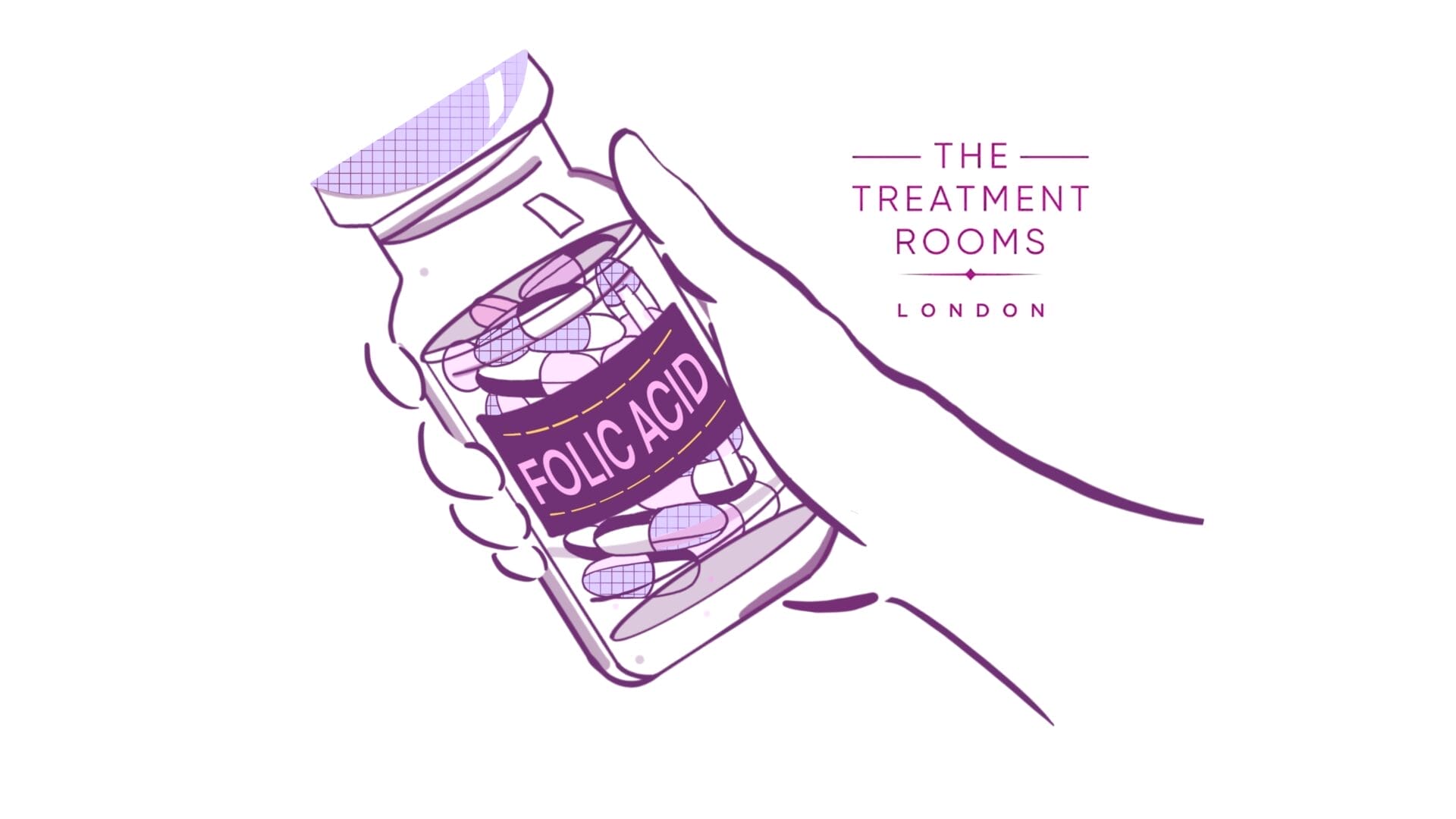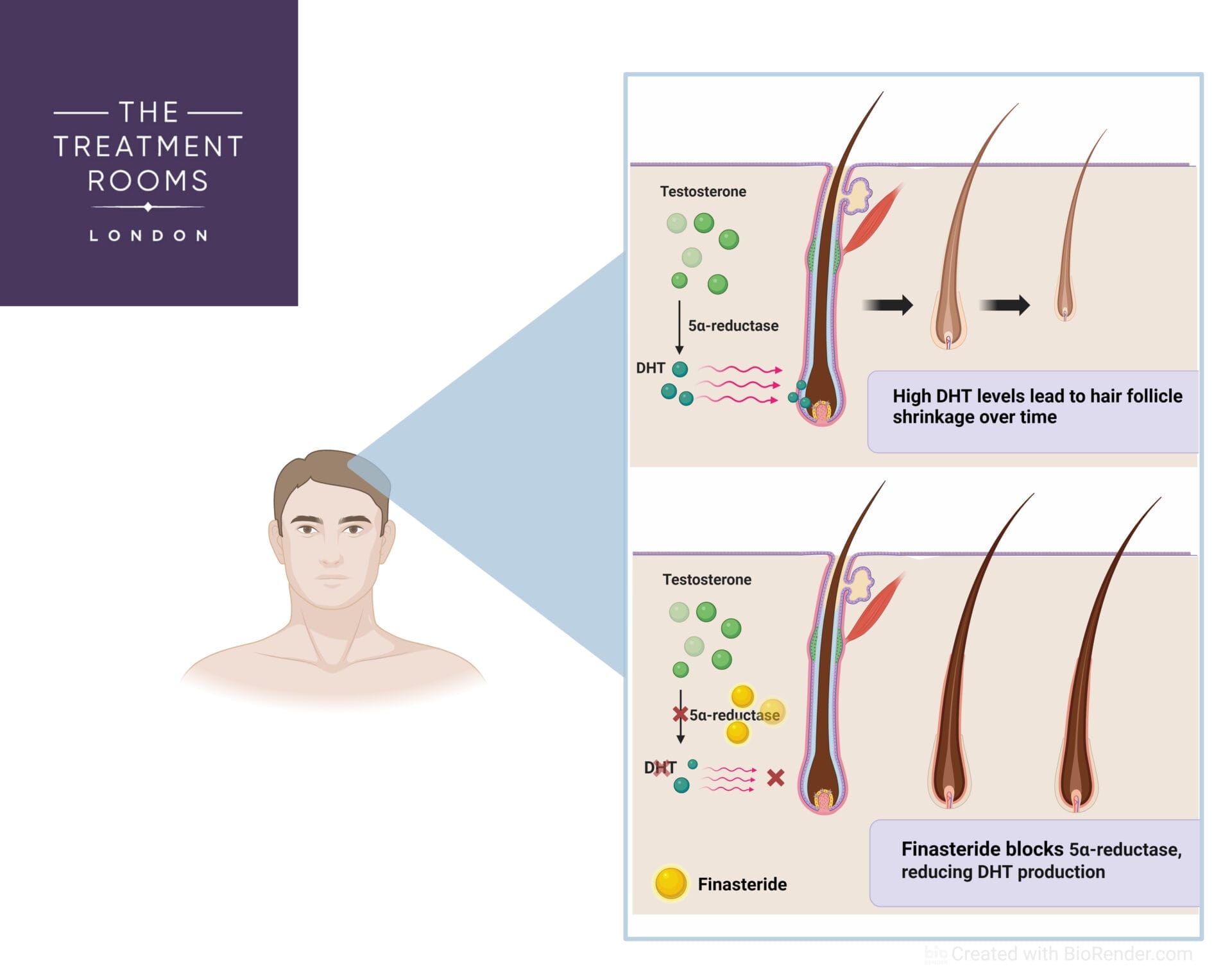When Stephen Miller appeared on “Face the Nation”, his hairspray cover-up would later set social media on fire.
The staunch immigration critic visited CNN‘s “The Situation Room” to defend the President’s proposed border wall, and he did it without the hairline enhancement that had late-night comics and social media joking about this political cover-up being worse than the crime itself.
Has Stephen Miller been open about hair loss treatments?
No, Stephen Miller has not yet publicly addressed whether he has undergone a hair transplant. From his on-screen appearances, his preference thus far has been in favour of cover-up options such as hairspray to help disguise a receding hairline.

Spray-on hair, also known as ‘fibres’, is a temporary hair loss solution that uses coloured keratin-like fibres which cling to existing hair and bulk their appearance. Once the hair is washed, these fibres are also lost.
Timing of Stephen Miller’s hair loss progression
In 2016, at the age of 31, Miller’s TV appearances as the appointed President’s senior adviser showed early signs of hair loss in the crown in addition to his receded hairline.
This pattern of hair loss is characteristic of male pattern baldness, or androgenetic alopecia. This form of hair loss is caused by a hormone known as dihydrotestosterone (DHT), which damages hair follicles.
Stephen is not alone in this predicament. Over 25% of men begin experiencing some form of hair loss in their 20s, with half of men experiencing loss by their 50s.
Over time, he is shown to have progression of his hair loss with the hairline receding further, and his baldness becoming worse, as seen here.
At the point of seeking a hair transplant, our Surgeons assessed his hair loss as a 4 out of 7 on the Norwood Scale (IVa), a popular tool used for grading advanced hair loss.
Could Stephen Miller Benefit from a Hair Transplant?
Yes! Despite opting for a temporary fix, Stephen Miller could benefit from a more permanent fix hair restoration solution.
The choice to have a hair transplant is a personal one. Many individuals can conceal hair loss well up until a certain tipping point, after which they may want to consider more permanent options like a hair transplant.
In the public eye, appearance is important, and those under the spotlight often opt for surgery due to public image pressure, as a receding hairline can undermine on-screen confidence and career prospects.
Hair transplant surgery is not only for the rich and famous, but rather for those struggling with their hair loss. Research shows that individuals with hair loss are likely to feel physically and socially less attractive, leading to low self-esteem in social scenarios.
How many grafts will Stephen Miller need if undergoing a Hair Transplant?
Our award-winning surgeons estimate that as part of his hair transplant, Stephen Miller may need approximately 3000-4000 grafts transplanted both into his hairline and crown to fill the areas, with each graft producing 1-4 hairs.
This type of temple recession would require a minimum of 200 single hair grafts to be placed into the frontal hairline and blend seamlessly with existing strands to create a natural-looking appearance.
Check out our gallery section to find more examples of other large 2000+ graft hair transplants, for similar areas like the hairline, temples and crown.
The Treatment Rooms London Graft Calculator is also useful for seeing just how many grafts you might need to produce an aesthetic result.
What Types of Hair Transplants Could Stephen Miller Have?
Follicular Unit Excision (FUE): FUE is a meticulous technique which removes individual hair follicular units from the back and sides of the head (also known as the safe donor area) to an area of recession, like the hairline and temples. In each follicular unit, also known as a ‘graft’, there are 1-4 hairs on average.
The hair that is relocated is resistant to the balding process, and when transplanted, grows unhindered and potentially permanently.
This FUE method has become highly popular due to its minimal scarring, natural-looking results, and shorter recovery time. Most public figures opt for this method as it allows them to get back on screen and resume public appearances soon after their hair restoration procedures.
Follicular Unit Transplantation (FUT): FUT, also known as the strip method, involves removing a small strip of scalp from the back of the head, from which hair follicles are then extracted and transplanted to the desired areas.
This technique can yield a high number of grafts in one session, making it beneficial for individuals with extensive hair loss, such as Stephen Miller. However, FUT does leave a linear scar at the donor site, which is one reason high-profile clients often prefer FUE for less visible scarring.
These are techniques which are routinely performed at The Treatment Rooms London, where minimising the areas of shave can allow for a seamless recovery back to normal life with minimal evidence that a hair transplant procedure was performed.
Choosing a Surgeon-Led Clinic Matters
While a hair transplant is relatively risk-free and straightforward, having the surgical procedure done well and in a natural-looking way requires the surgical skills and artistry of experienced surgeons and a highly trained professional team of experts.
The overall design of the hairline must be conservative and age-appropriate, making for natural-looking hair growth. Further steps must also be taken to ensure that the newly transplanted hair will look natural at the microscopic level. Single hair grafts should be placed at the very front of the hairline, making it appear soft and fluffy, in keeping with a natural hairline. When surgery is done poorly, larger grafts are often placed in the frontal hairline, leaving that person with a plug-like, harsh hairline like the machine hair sewn onto a doll.

Another sign of a premium hair transplant is the close attention to natural hair directions. It is not uncommon to see hair transplants where grafts stand up vertically, leaving a very unnatural appearance.
Natural-looking angulation suggests that any work done would have used precision equipment to accurately control graft angulation. An example of such equipment is the use of implanter pens, a technique our Surgeons specialise in.
At The Treatment Rooms London, we have mastered the medicine, artistry and surgical skills required for quality hair restoration surgery. We offer our patients world-class care before, during, and after their procedure. Our skilled surgeons pay keen attention to factors such as hair texture, curl pattern, and natural hairline progression to create a seamless transition from existing hair to transplanted areas.
It is important when considering surgery to select a reputable, surgeon-led clinic. Top-tier clinics like The Treatment Rooms provide and prioritise personalised assessments, employ a highly skilled medical-surgical team, and utilise cutting-edge technology to ensure precise, natural-looking results.
Stephen Miller’s Hair Loss FAQS
1. Did Stephen Miller Get a Hair Transplant?
Stephen Miller has not yet confirmed or commented on his hair loss or having undergone a hair transplant. His visible crown thinning and frontal recession (classified as Norwood IVa) have fueled speculation as to whether he will have a procedure done. Photographs and reports suggest he opted for Spray-on hair from his appearances on TV programs.
2. What Does Stephen Miller’s Hair Look Like Before and After?
In his early 20s, Stephen Miller had thicker hair with minimal recession (Norwood 2).
By his mid-30s, crown thinning and receding hairline became much more pronounced (Norwood 4- 4a). While no dramatic “after” transformation exists, he keeps his hair short to better mask the receding hairline and crown thinning.
3. Why Do People Think Stephen Miller Had Hair Loss Treatments?
Stephen is a well-known male pattern hair loss sufferer and has been on TV with his mature hairline for years, most noticeably in December 2018 during his spray-on appearance. Unlike transplants, thickening treatments subtly enhance density without actual surgical restoration.
5. What Is Stephen Miller’s Current Hairstyle?
He maintains a shortcut and closer shave to minimise the appearance of a receding hairline.
Ready to Transform Your Hairline?
If Jack’s story resonates with you, a FUE hair transplant could be the next step. During your free initial consultation, an experienced surgeon will examine your donor area, discuss your goals, and outline a personalised treatment plan.
You’ll also learn about potential complementary treatments (e.g., medication, PRP) that can maximise your final result.
Contact our friendly and professional hair transplant clinic to discover how a fuller hairline could boost your confidence. Our team is here to guide you from consultation to aftercare, which ensures that you, too, can look and feel your best (just like Jack P. Shepherd).
Interested in More Celebrity Hair Transplant Journeys?
If you found exploring Stephen Miller’s hair transformation interesting, you might also enjoy reading about other well-known figures who’ve undergone hair restoration procedures:
- Elton John and His Hair Transplant Journey
- Daniel Craig Hair Transplant: Before, After and His Hairline
- Rob Brydon Hair Transplant: Before, After, and His New Hairline
- What Type Of Hair Transplant Has Steve Carell Had?
- Elon Musk Hair Transplant: Before, After, and His New Hairline
- Ronnie Vint – Love Island Hair Transplant: Before, After, And His Hairline
Get in Touch
Curious about FUE hair transplant solutions? Secure your no-obligation call with our London hair transplant clinic, or head to our FUE hair transplant clinic in Bristol. We’re also proud to support patients in Oxford and Brighton.
Our award-winning team, including leading London hair transplant surgeons Dr Fernando and Dr Vara, is here to support you every step of the way.
Share:
Authored by
Reviewed by
Book a Consultation
Related Blogs
How To Make Your Hair Grow Faster After Having A Hair Transplant
January 6, 2026
Your hair will generally grow within 9-12 months after having a hair transplant. However, there are a…
Does Omega-3 Deficiency Cause Hair Loss?
January 6, 2026
Omega-3 is a fatty acid that is required for a healthy body, skin and hair. Modern-day diets…
Complete Guide on Folic Acid and Hair Loss
January 5, 2026
Quick Summary Hair loss is a widespread concern that affects millions of people globally. While genetics, hormonal…
What is DHT & Its Role in Hair Loss?
January 5, 2026
Hair loss is a common concern that millions, if not billions, of people experience at some point…
Guide To Finasteride For Hair Loss
January 5, 2026
One of the most effective medications for treating hair loss is Finasteride, which is often prescribed to…
Which Medications Cause Hair Loss?
January 4, 2026
Medicines are essential in treating diseases, enhancing health, and even saving lives. While medicines can be very…
When Can You Safely Use Oil After a Hair Transplant? Expert Timeline & Tips
January 4, 2026
There is simply something about running your fingers through healthy, well-nourished hair. Hair oils can moisturise the…
When Can You Use Nizoral After a Hair Transplant?
January 4, 2026
Nizoral is a medicated shampoo that contains the antifungal drug ketoconazole. This shampoo acts against fungal infections on…
What is an FUE Hair Transplant?: A Comprehensive Guide to Procedure, Recovery, and Results
January 4, 2026
Hair transplant surgery has gained popularity over the years, with more people now comfortable taking care of…











